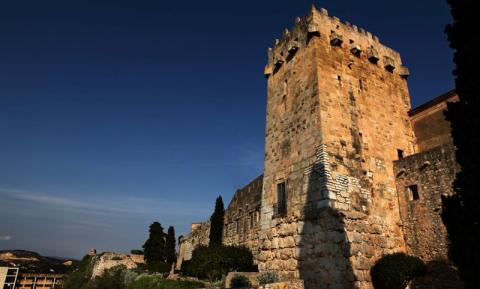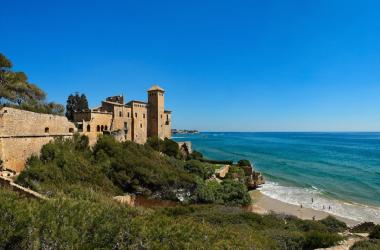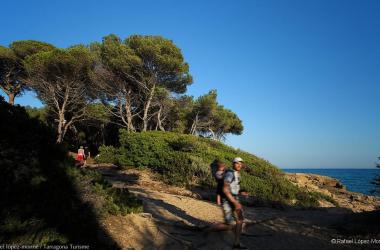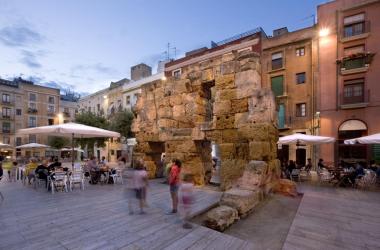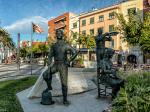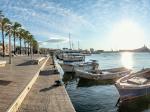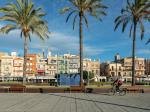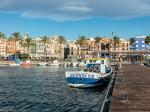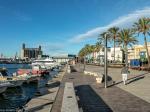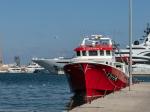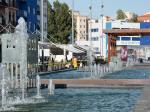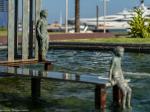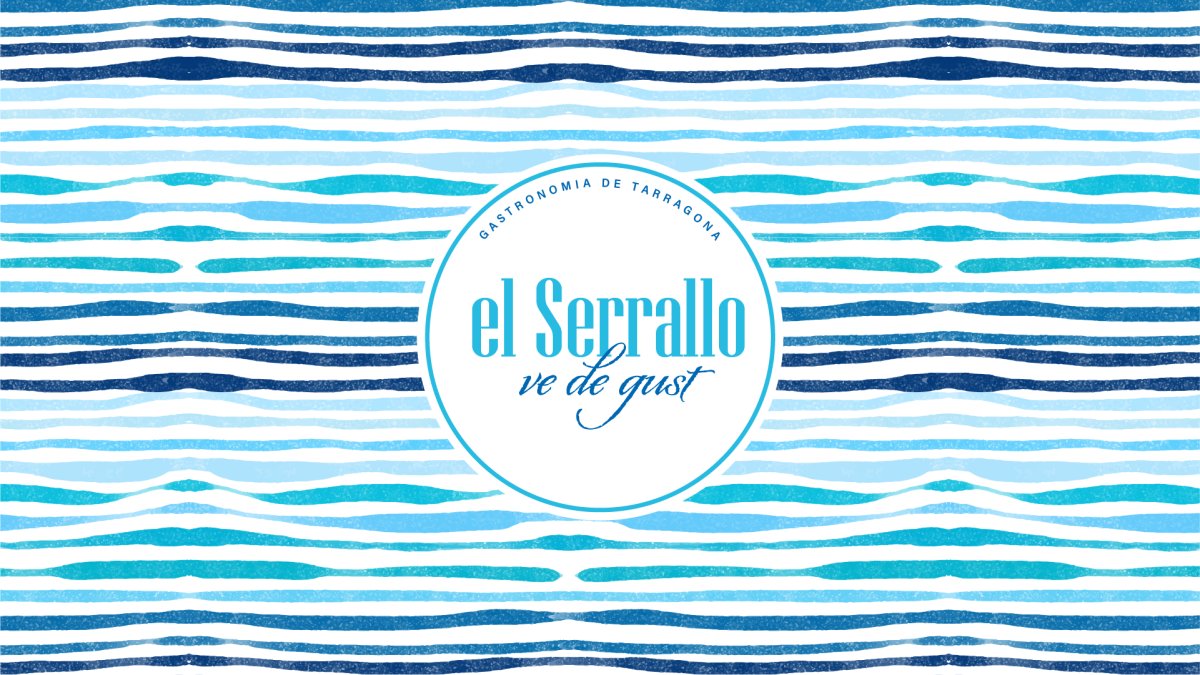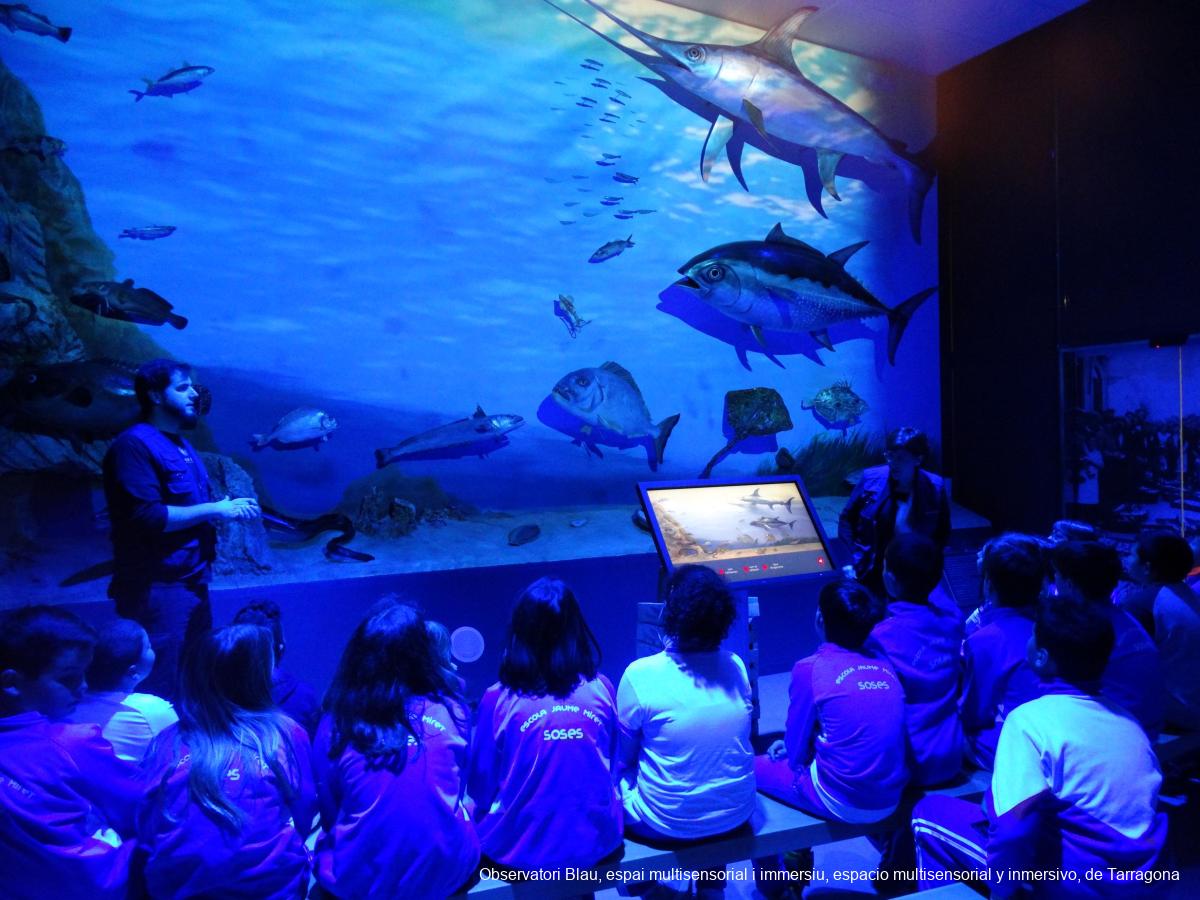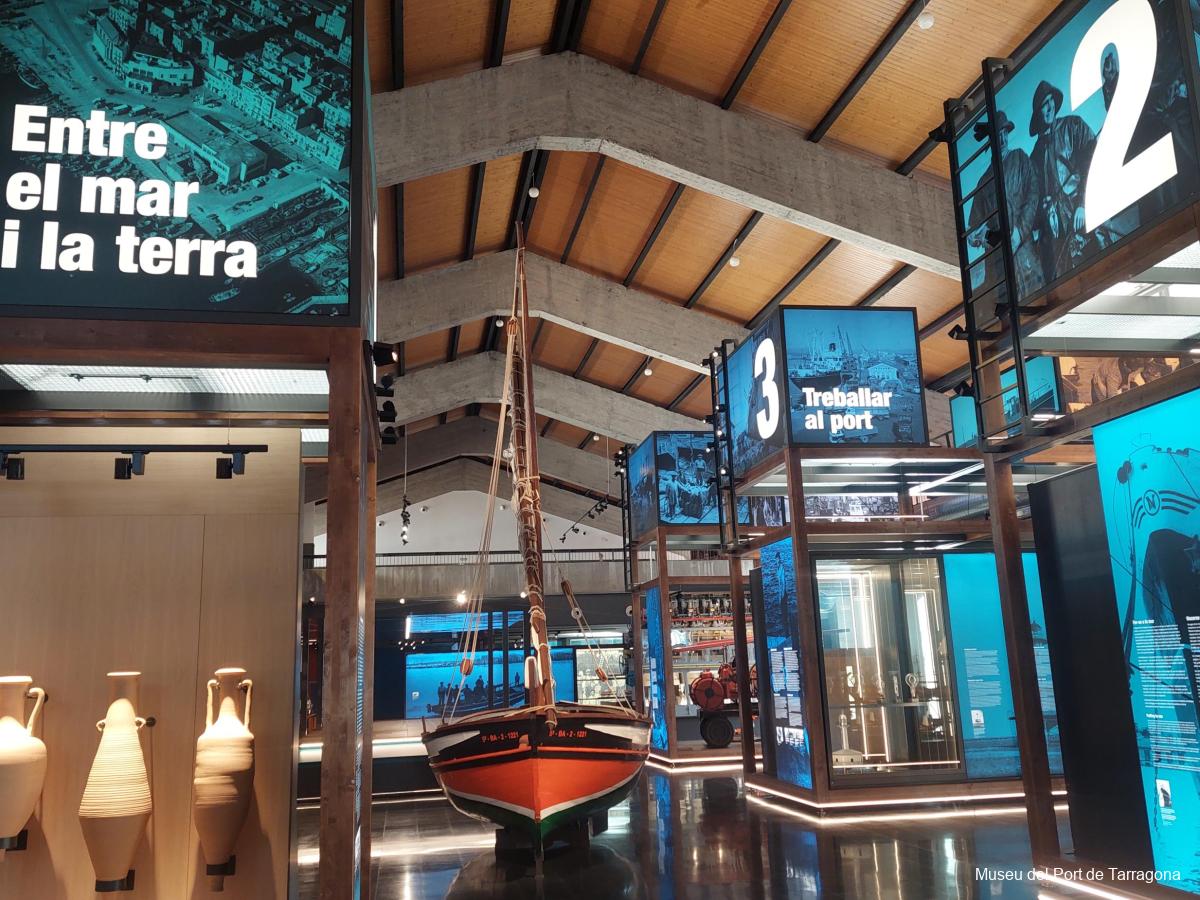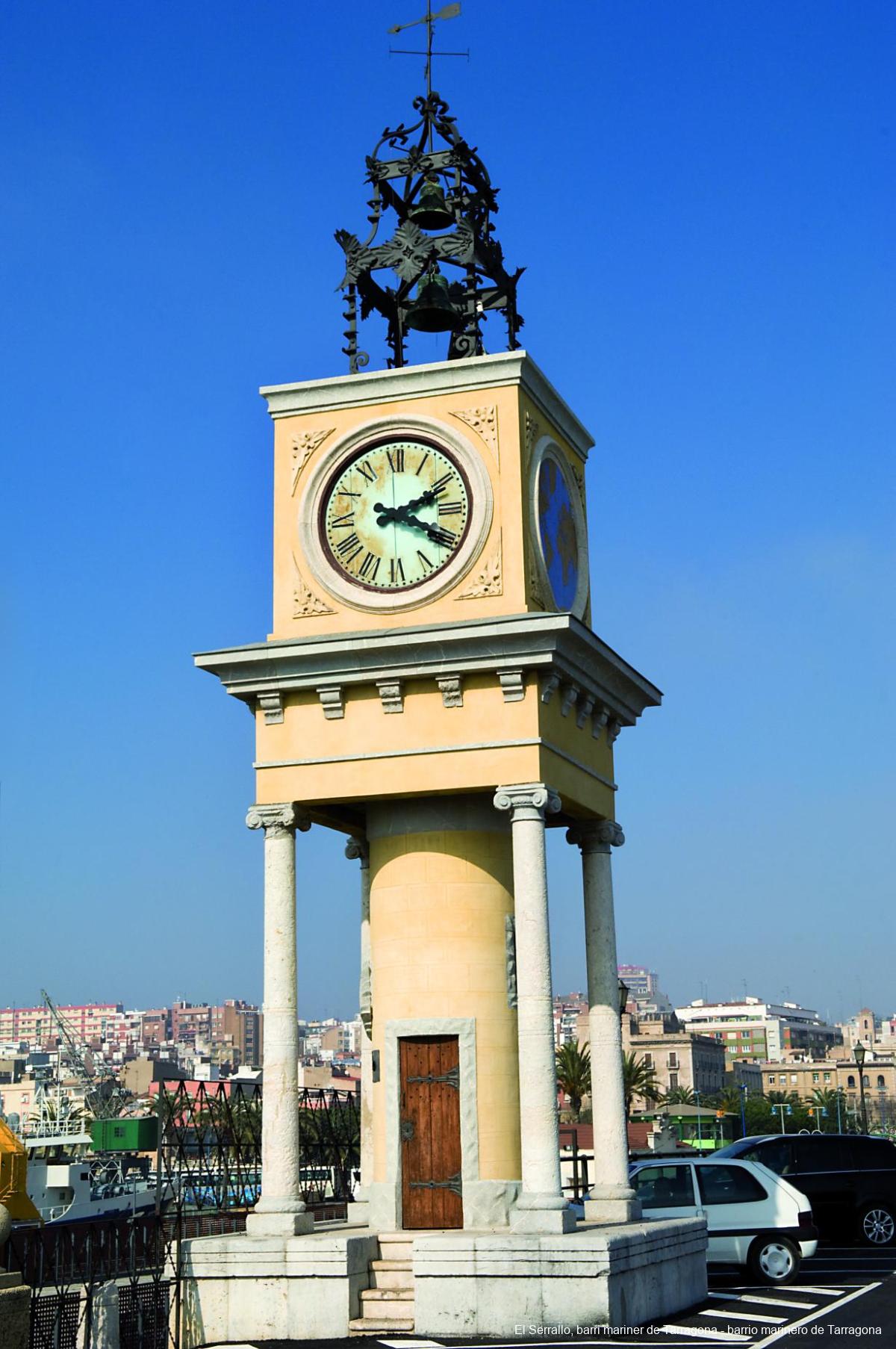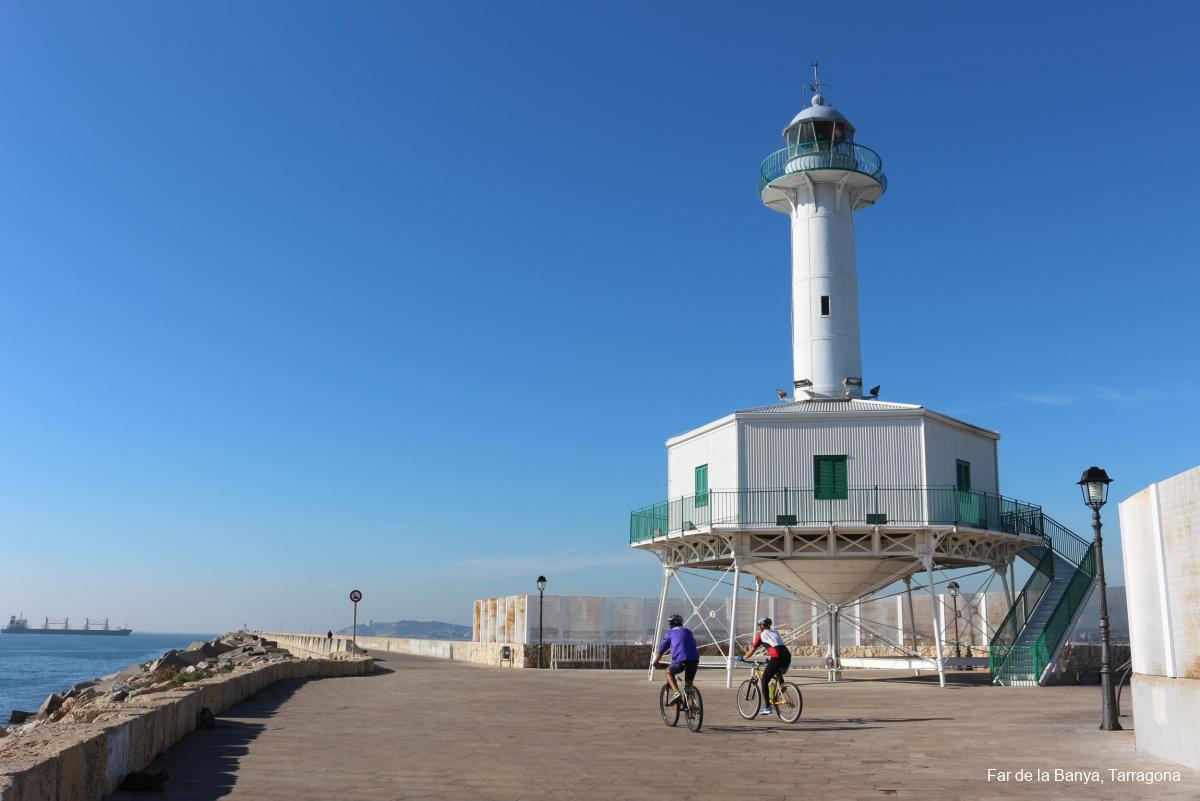El Serrallo, the seafaring quarter of Tarragona
Live an authentic seafaring experience in Tarragona
The seafaring quarter of Tarragona, right next to one of the biggest seaports in the Mediterranean. It is a hive of gastronomic, cultural, associative and economic activities which have mainly revolved around fishing and the sea since time immemorial.
The attractions of tradition, gastronomy. and genuine culture, valued by the Department of Business and Knowledge and by the Catalan Tourism Agency, awarded it the distinction of being one of Catalonia's Seafaring Neighbourhoods and Villages.
Gastronomic traditions
An authentic fishermen district
Maritime neighbourhood of Tarragona, El Serrallo, has become a big attraction thanks to its seafood restaurants and privileged location right by the sea.
The district’s commercial activities have been well-established for many, many years.Fathers, sons and grandsons of fishermen have continued the professional trade of their ancestors.
Maintaining the seafaring essence of El Serrallo in its restaurants and businesses.
Historians verify that Tarragona has had a Fish Market since 1928, although documents have been found that point to it being much older.
The best gastronomy can be found in the Serrallo district
This is where you will find the most prized species of fish such as red prawns (native to Tarragona), tiny cuttlefish, Norway lobster (known as “gadegang” in Tarragona), blue whiting, hake, monkfish, mantis shrimp, deep-water pink shrimp, octopus and squid…
As well as oily fish, most notably sardines, anchovies and mackerel.
The fishermen also fish for line-caught hake, sole, octopus, bluefin tuna and swordfish, when in season.
A rich stew of moixina (blackmouth catshark) with potatoes and garlic mayonnaise sauce, or a romescada redolent with Romesco sauce… these are some of the most typical dishes from the district’s traditional cuisine, whose most important feature is the flavour and aroma of the sea.
The number one sauce is Romesco, made from scalded dried peppers, roasted tomatoes and garlic, toasted almonds and hazelnuts, olive oil and a splash of vinegar.
The restaurateurs have inherited this seafaring culinary legacy which you can savour in most of the restaurants in the neighbourhood.
Check out the list of restaurants in El Serrallo for a fantastic gourmet experience.
“El Serrallo ve de gust”, videos with recipes of El Serrallo
6 videos with recipes you should not miss! Do you dare to cook them?
- Suquet de seitó (anchovy stew) / © Angelina Pastor, “Xeli”
- All i pebre de rajada (All i pebre (garlic and paprika sauce) and skate) / © Enric Seritjol
- Romesco / © Josep Maria Tules, “Pitu Mosquits”
- Popets encebats (octopus with onions) / © Lluís Palau
- Arrossejat (fish rice) / © Nuri Bordas
- Pelut fregit (fried thickback sole) / © Rosita Mallol, “Patxitxa”
Observatori Blau
In the Fish Market (Llotja del Peix) in Tarragona, the Port Museum offers a multi-sensory and immersive space for discovering the Mediterranean seabed: the Observatori Blau. The multimedia space shows the species fished along the Tarragona coastline, the traditional and modern fishing gear, and the history of the Serrallo district.
Visits by appointment: 977 259 434 or museuport@porttarragona.cat.
Port of Tarragona Museum
In Refuge 2, the Port of Tarragona Museum has been set up. Here you can take a journey through the history of the Port from when the Romans first disembarked through to the present day.
On guided tours and family-oriented educational activities you can learn about all the aspects of the Port’s activities and its vessels.
Outside the Museum, you can go on the Port of Tarragona Heritage Route, which follows a series of panels that highlight around a dozen heritage features of the port on a four-kilometre walk from the Port Museum to the Banya Lighthouse, at the end of the Llevant Wharf. You can either do the route on foot or by bicycle.
National Archaeological Museum - Exhibition “Tarraco/MNAT”
In Tinglado 4 there is a temporary exhibition covering the history of Roman Tàrraco featuring some of the most representative pieces from the National Archaeological Museum in Plaça del Rei, currently closed for refurbishment.
Here you can see the Ivory Doll, the Head of the Medusa, Antinous, Emperor Lucius Verus, and much more.
Fishermen’s Pòsit
Another space worth bearing in mind is the Serrallo Theatre.
Housed in the former Pòsit of fishermen building and managed by the City Port Department of the Port of Tarragona, this facility hosts the cultural, social, educational and institutional events associated with the district and, indeed, the rest of the city of Tarragona.
Church of Sant Pere
At the heart of the neighbourhood, you should make a point of stopping at the Church of Sant Pere Apòstol of Tarragona, the church of the Serrallo district. This Neo-Gothic style building is dedicated to St Peter, the patron saint of fishermen.
It was inaugurated for the festivities of All Saints Day in 1880 and has been a hub of religious activity ever since.
Port Clock
If you head across the terraced area of the emblematic Carrer Trafalgar, walk through the Tinglados zone and reach the very end, towards the lighthouses, you will come across a Modernist style clock, the Port Clock, which was installed on the Llevant Wharf in the Port of Tarragona in 1922.
Engineer Francisco García de Membrillera was responsible for the clock’s design while jeweller and clockmaker Josep Rigau designed the gazebo and the clock’s workings.
This emplacement was quite deliberate, as Carrer d’Apodaca was taken as a reference so that people could tell the time from as far as away as Plaça dels Carros.
The clock replaced the trumpet blasts that used to mark the beginning and end of each working day.
Far de la Banya
At the end of the Llevant Wharf you can see the Far de la Banya (Banya Lighthouse), which was originally built in the Ebro Delta to a design by Lucio del Valle in 1860.
It is a unique example of the metal lighthouses that were installed at the estuary of the River Ebro.
The lighthouse, which also served as the lighthouse keeper’s home, went into operation in 1864 and was still active until 1978, when a new concrete one was built.
In 1984 it was transferred to the Port of Tarragona to save it from being demolished and then to restore it.

